Explore creative solutions and practical tips for dealing with water damage in your home. From preventing issues to fixing hidden damage, these lessons are here to help you recover and renovate with ease.

Lessons From the Flood
Imagine waking up to water sneaking into your apartment like an uninvited guest. That was me – standing in ankle-deep regret, watching my furniture slowly drown.
From warped floors to the world’s worst smell, I learned the hard way. But you don’t have to. Swipe through for real-life lessons (and what to do before your apartment turns into a swamp).
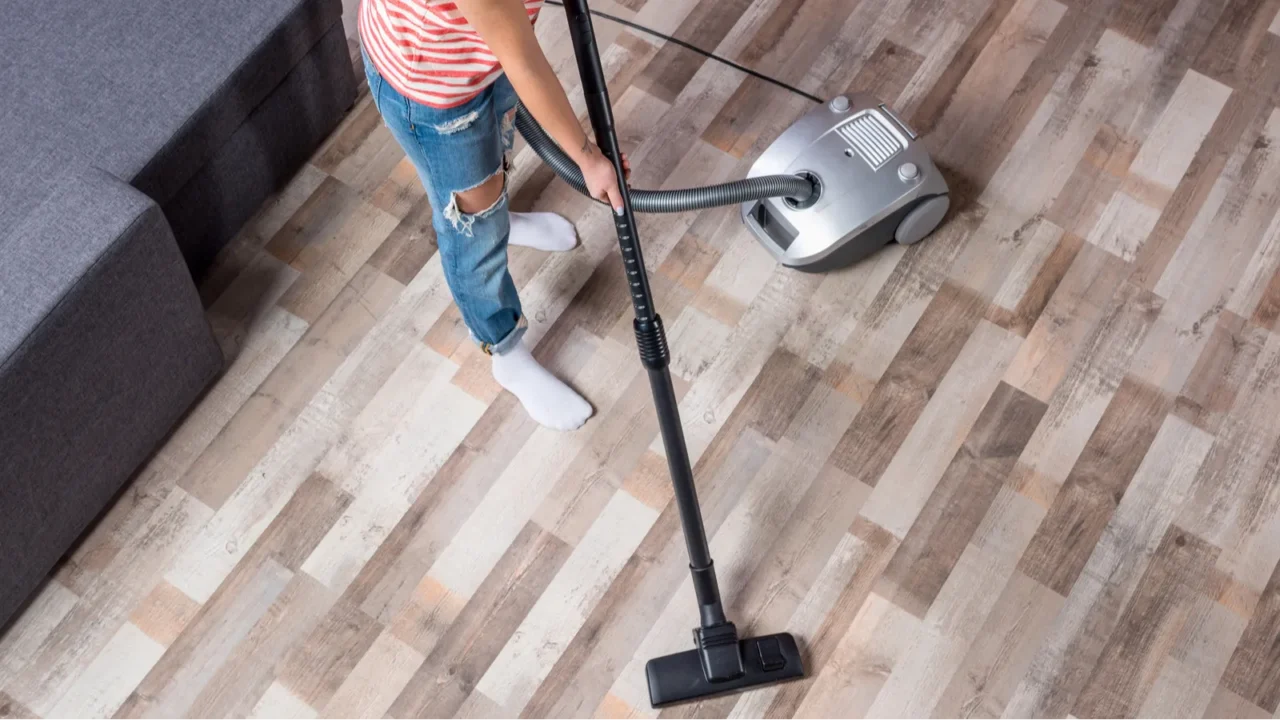
The Floor Is a Sponge
I thought my hardwood floor was tough. Turns out, it’s a thirsty sponge. Water seeped into every crevice, warping my boards like a funhouse mirror.
If you ever face this, towels won’t cut it. Use a wet vac immediately and throw down fans. Better yet, seal your floors in advance and never trust that “water-resistant” claim again.
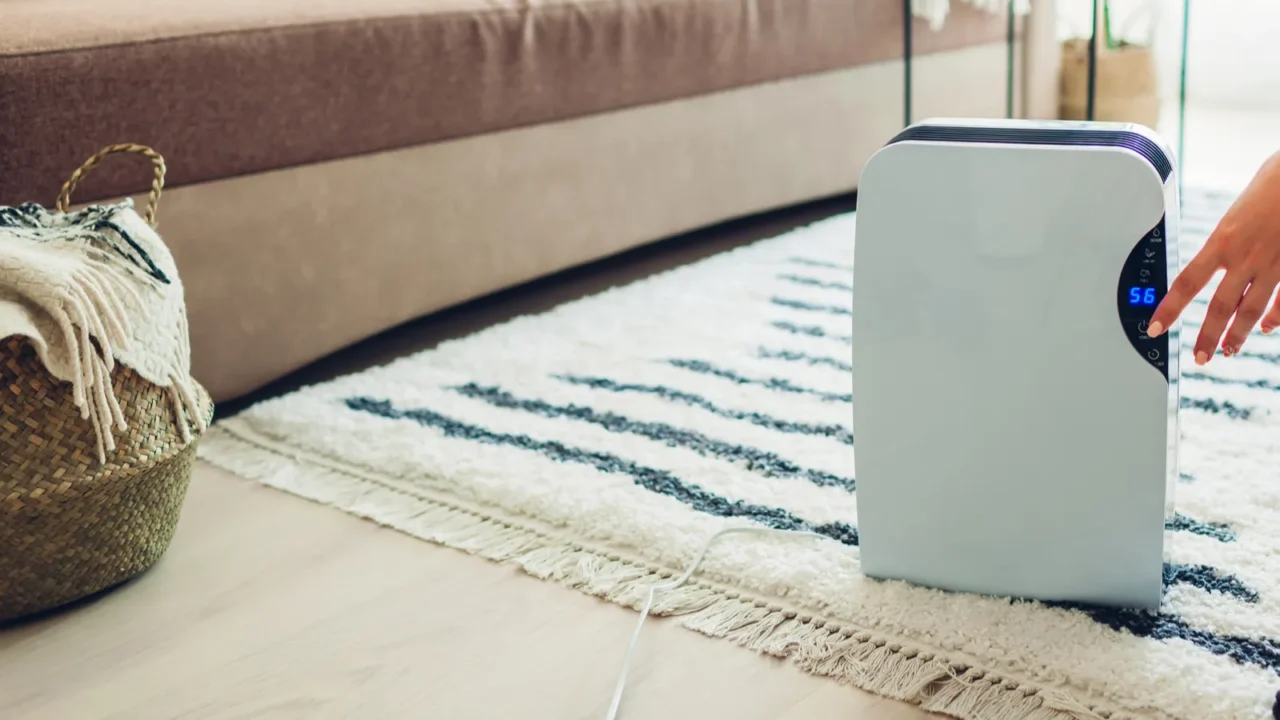
The Smell That Won’t Quit
If you think wet socks smell bad, try a whole apartment marinating in water for days. No scented candle on Earth could defeat the aroma of regret.
If this happens to you, skip the air fresheners and go straight for a dehumidifier and vinegar wash. Oh, and toss any damp fabric before it turns into a science experiment.
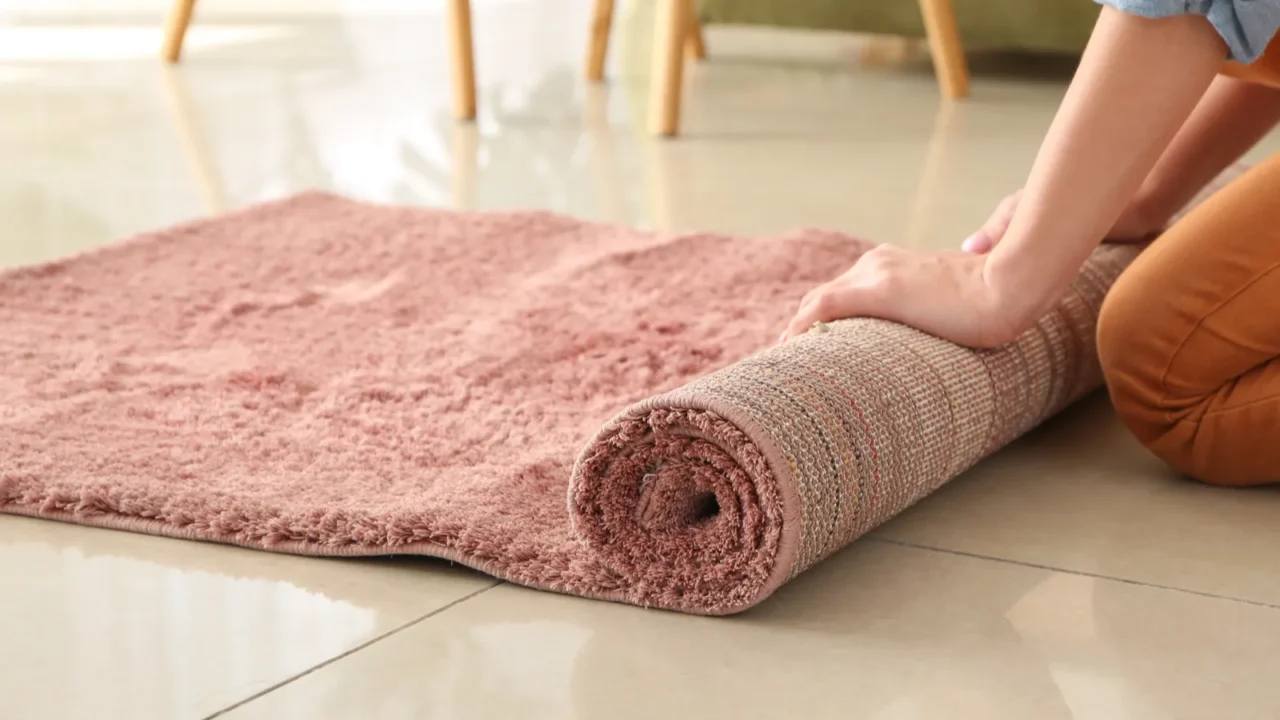
The Mystery of the Floating Rug
Ever seen a rug float? I have mine turned into a soaked raft drifting across my living room. Here’s what you do: roll it up fast and stand it upright to drain.
If it’s too late, sprinkle baking soda before drying to fight mildew. Or, better yet – get machine-washable rugs next time. Your future self will thank you.
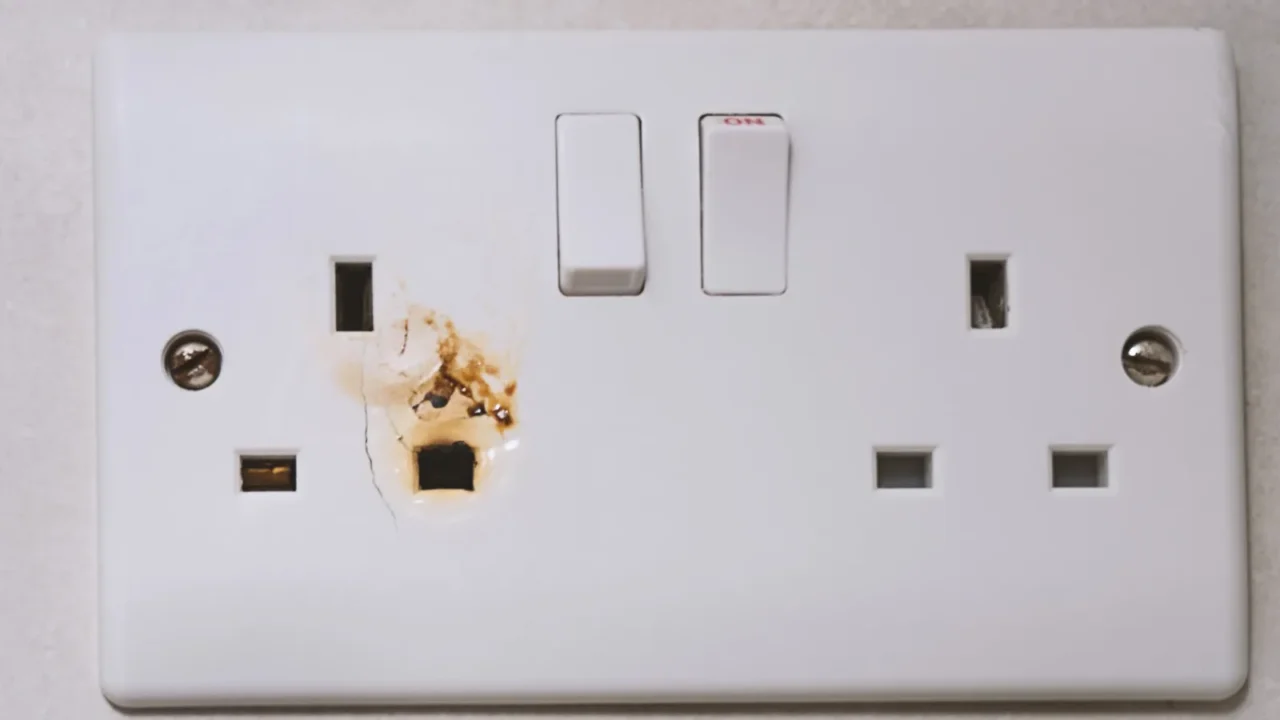
Outlets Are NOT Waterproof
Ever seen a sparking electrical socket? I have and let’s just say, my heart rate tripled. If water gets near any outlets, shut off your power ASAP.
Don’t touch wet wires, and call an electrician if anything looks sketchy. And if you live in a flood-prone area? Outlet covers and surge protectors might just save your gadgets and your sanity.
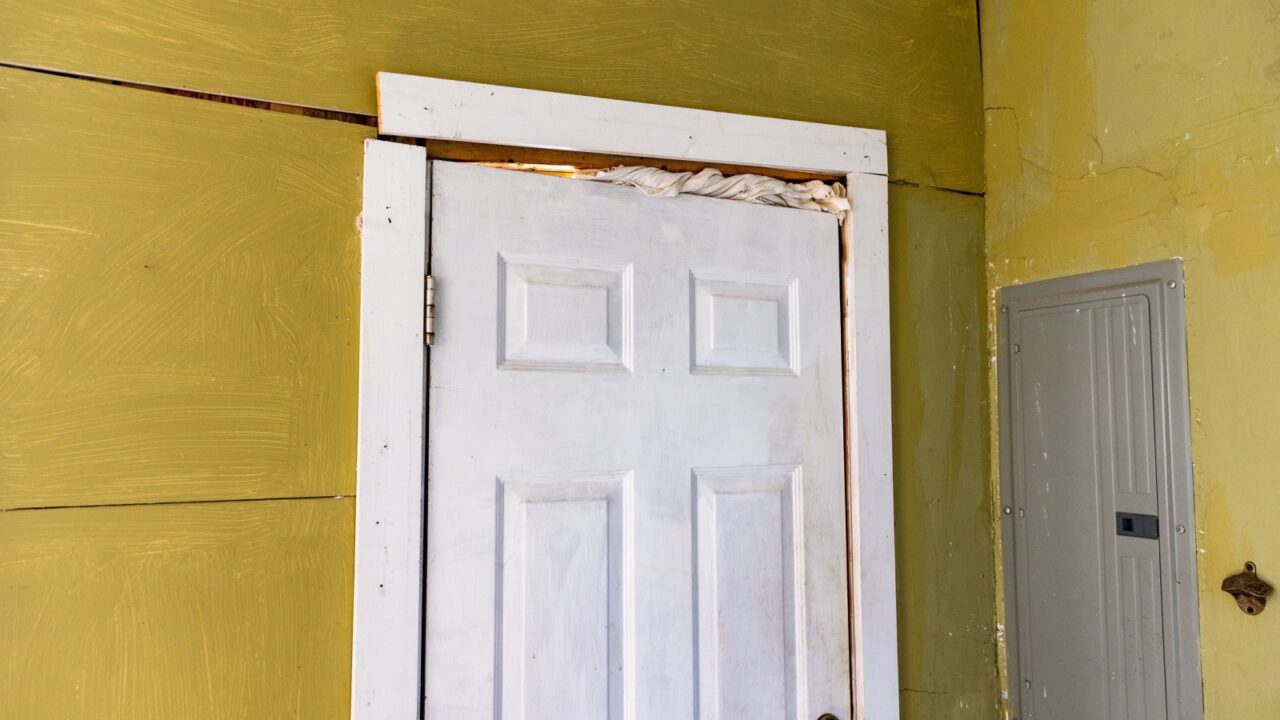
Doors Can Trap You
Water warped my wooden door, turning my apartment into a watery escape room. I had to push with everything I had just to get out. The lesson I learned? If flooding starts, check your doors early before they swell shut.
And if you’re in a flood-prone area, swap wooden doors for metal or fiberglass, they won’t trap you in like mine did.
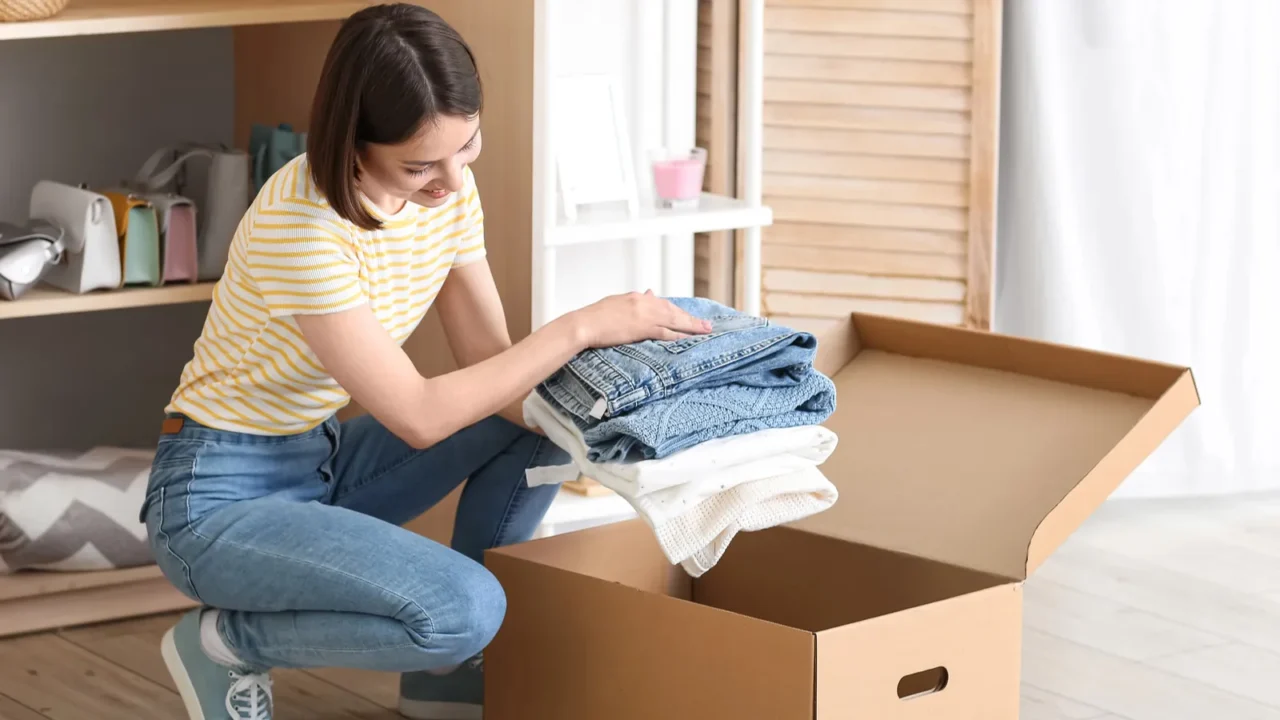
Cardboard Is the Enemy
I used to store seasonal clothes in neat little cardboard boxes. After the flood? I had a mushy pile of regrets. If you ever face water damage, ditch all damp cardboard immediately. It’s a mold factory waiting to happen.
Future-proof your storage with plastic bins instead. Bonus: They also protect against pests that love damp spaces.

My Couch Turned Into a Sponge
You’d think a couch would dry out eventually. Nope! Mine held water like a giant, smelly sponge. If your couch ever gets soaked, don’t wait – strip the cushions and take it outside ASAP.
Use baking soda to absorb moisture by sprinkling it generously over the wet areas, then let it sit for several hours before vacuuming it up. For stubborn smells, spray a mixture of white vinegar and water (1:1 ratio) lightly over the fabric, it neutralizes odors naturally.
And if it still smells like a swamp monster? Time to say goodbye.
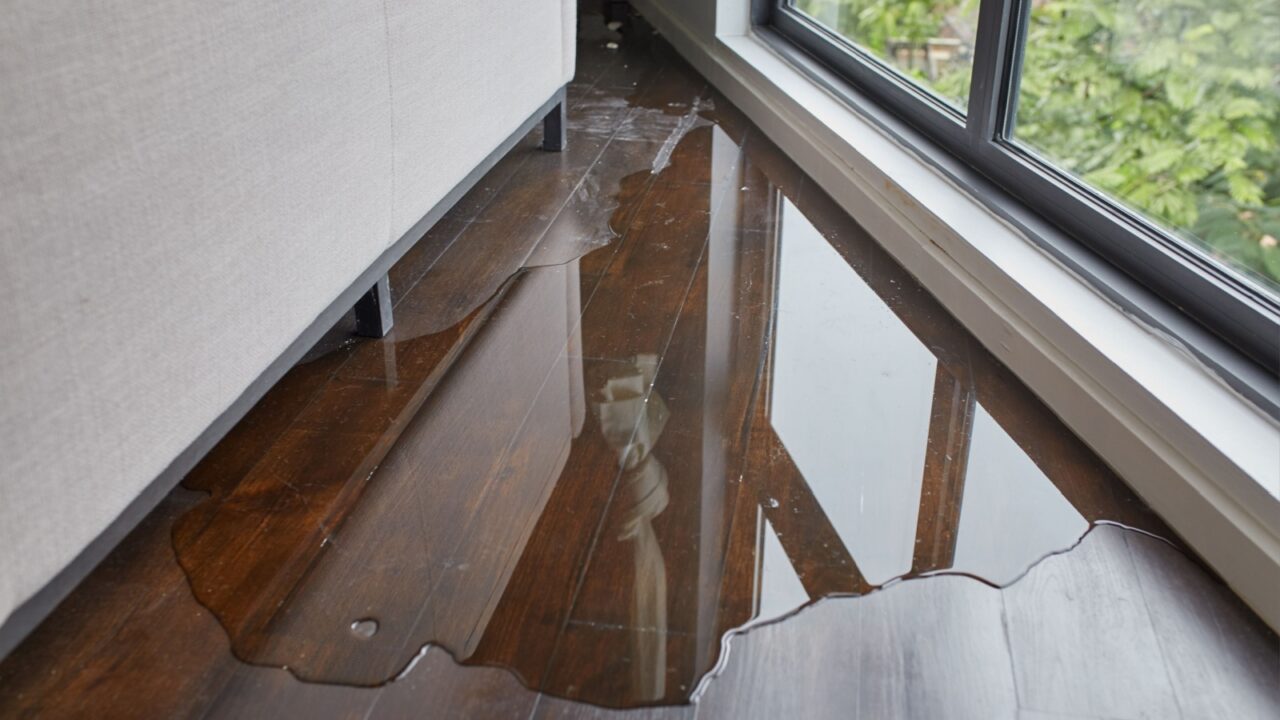
Water Finds Every Crack
Water has a superpower; it sneaks into every crack and crevice. I found puddles in places I didn’t even know existed. If this happens to you, don’t trust what you see.
Pull out furniture, check inside cabinets, and inspect under rugs. And if water seeped into your walls? A dehumidifier is your new best friend. Mold loves hidden spots.
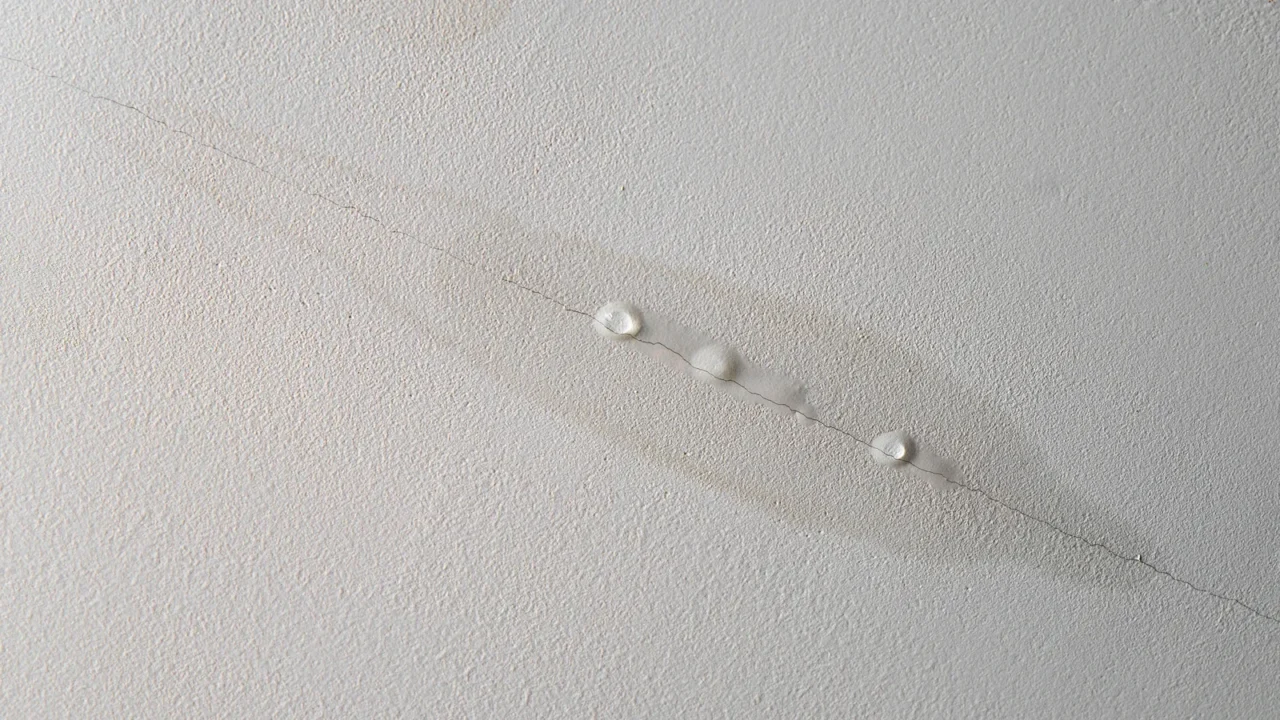
The Ceiling Can Betray You
I learned the scary way that water can drip down from inside your ceiling, even days later. One moment my ceiling looked fine, the next, it was raining indoors.
If you ever see water spots up top, poke gently. If it’s soft, you may need to drain it before it collapses. And always, ALWAYS check above you after a flood.
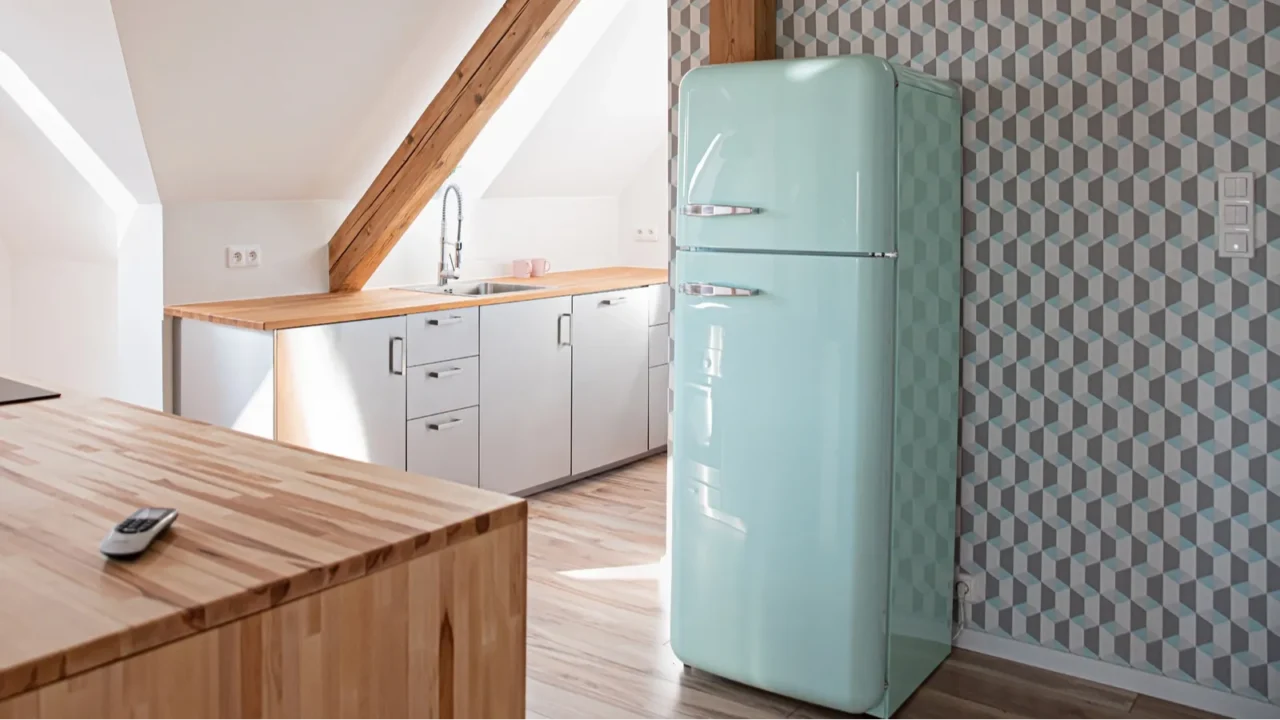
My Fridge Tried to Quit
Ever opened your fridge after a flood and smelled… doom? Yeah, that happened. Water seeped underneath, killing the motor and turning it into a warm, smelly nightmare.
If this happens to you, check the bottom for hidden water and unplug it for a full clean. And next time? Prop it up on risers to keep it safe from shallow floods.
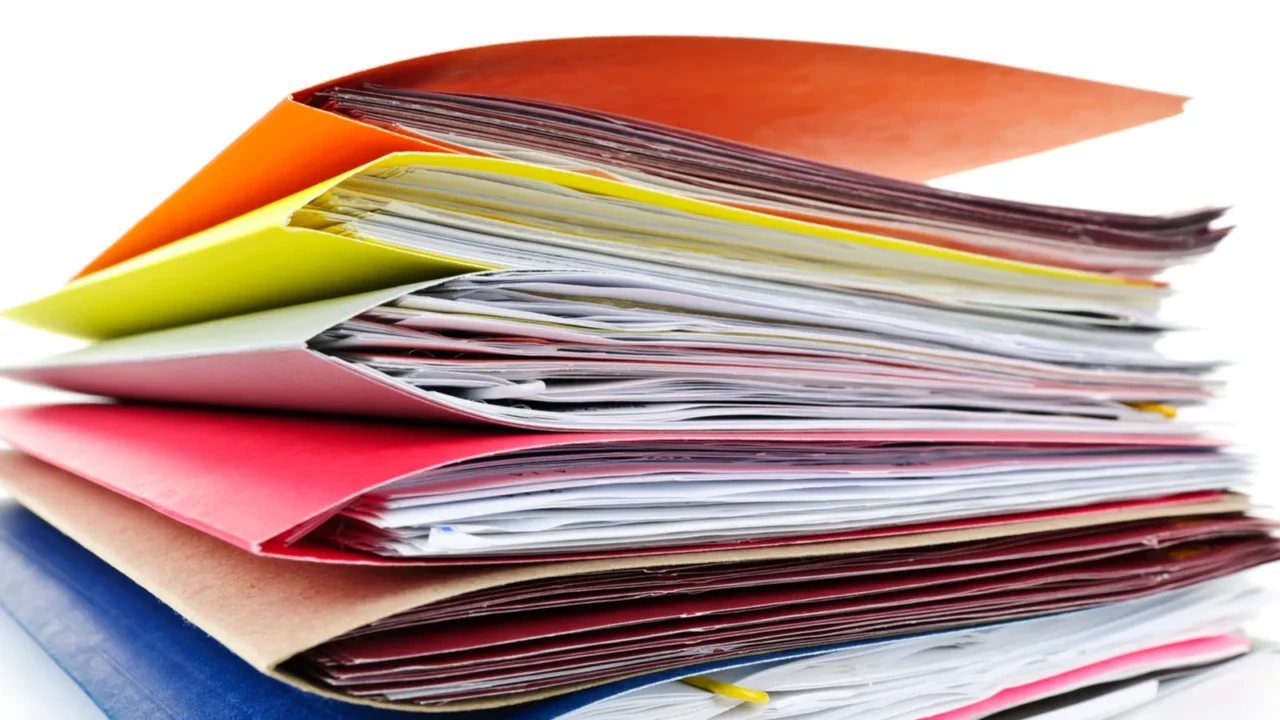
Important Papers = Ruined
Birth certificates, rental agreements, and old love letters are all gone. The water turned them into an illegible, soggy mess. Here’s a tip for you: Scan your important documents NOW and store hard copies in a waterproof folder or a high shelf.
Trust me, trying to piece together wet paperwork is a crime scene investigation you don’t want to do.
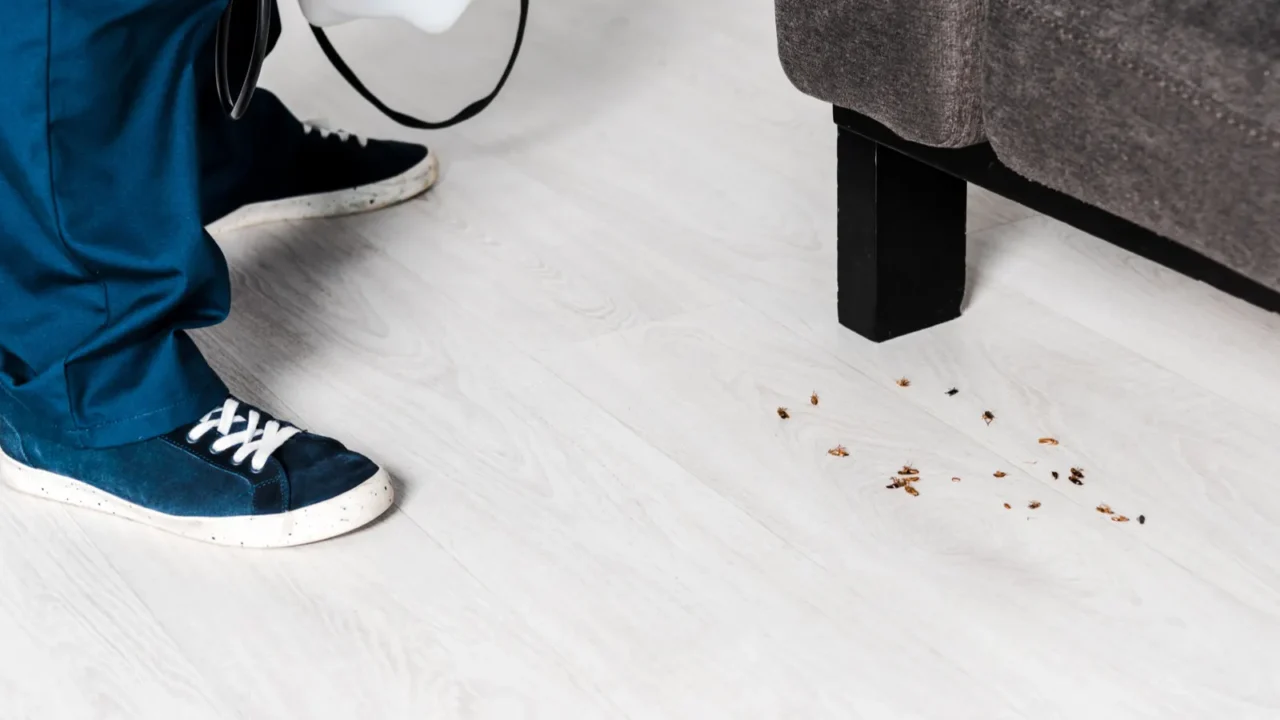
Bugs Moved In
Apparently, standing water is an open invitation for bugs and pests. I woke up to an army of ants, roaches, and… was that a mosquito convention? If you ever deal with this, act fast.
Dry out every corner, use a vinegar spray, and seal up any gaps. Oh, and check your drains because bugs love damp hiding spots.
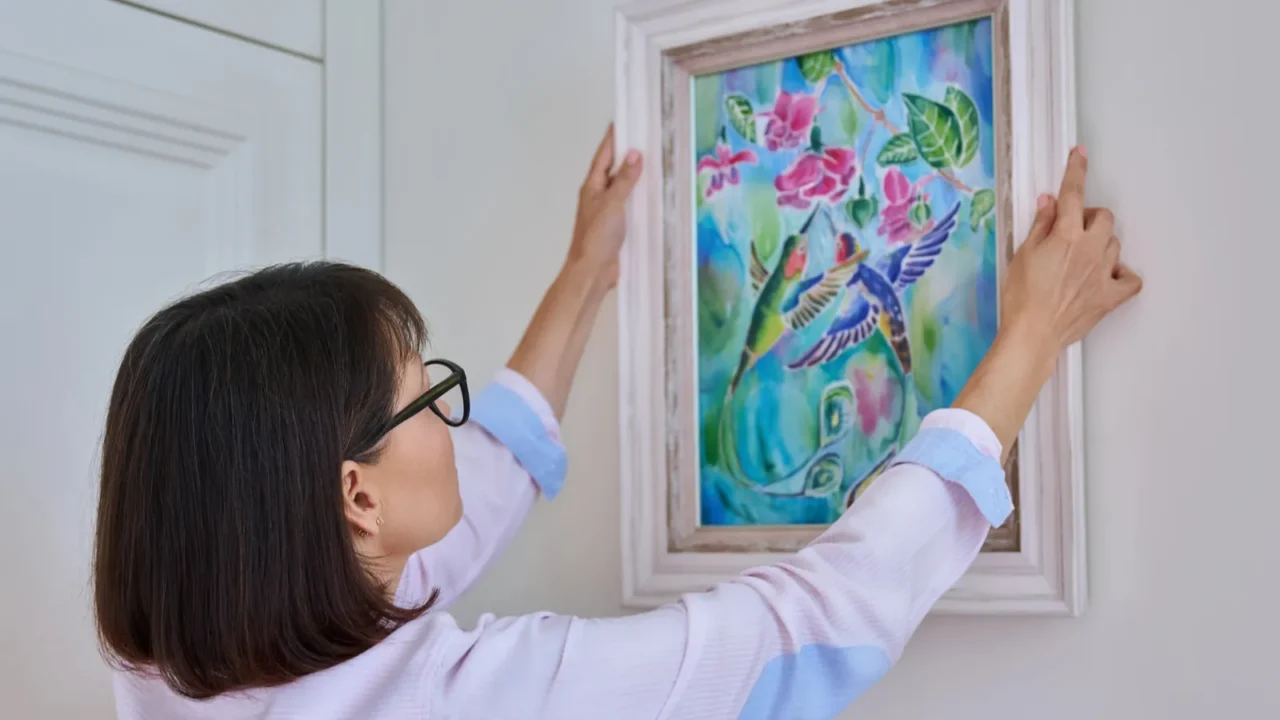
Humidity Ruined My Artwork
The moisture didn’t just stay on the floor, it warped my framed prints and made my wall art curl at the edges. If your home ever floods, remove all artwork ASAP.
Keep it dry and ventilated to avoid water stains and mold. And if it’s beyond saving? Time for a gallery wall refresh.
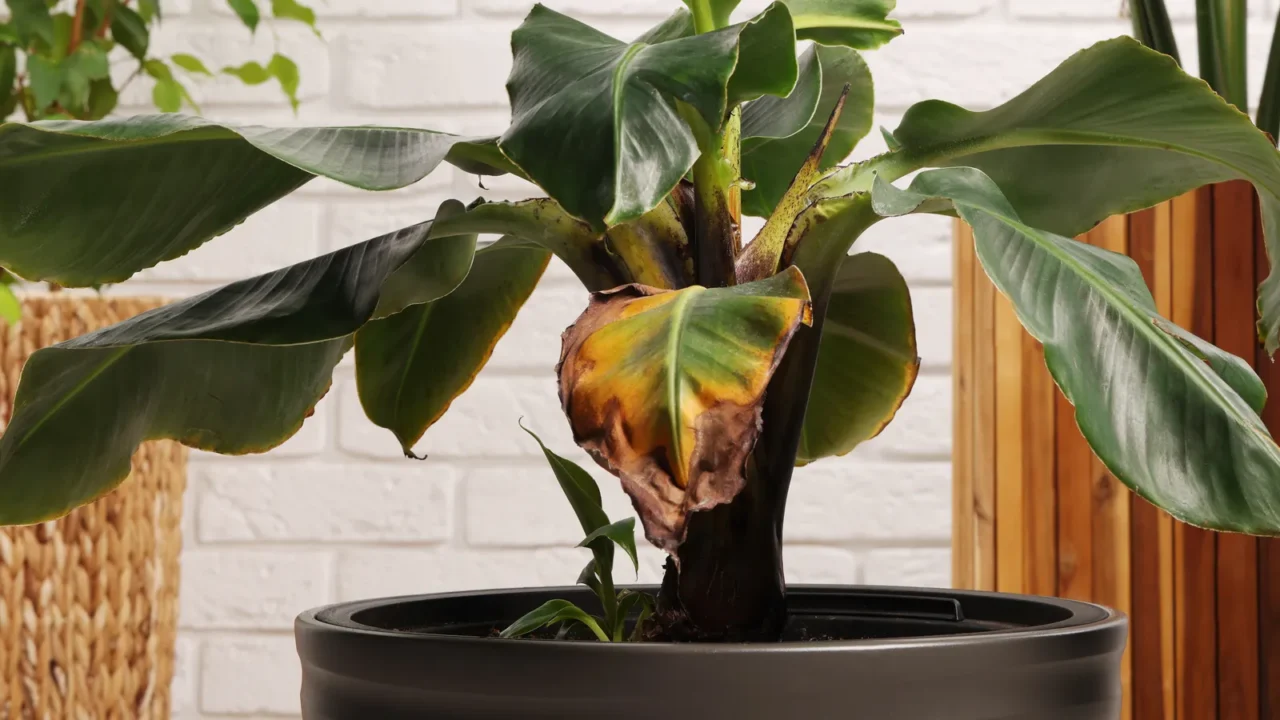
My Plants Went Into Shock
Turns out, my houseplants hated the sudden humidity shift. Leaves turned yellow, and some even started rotting at the roots.
If this happens, move them to drier air and check the soil. If it’s damp, don’t water them. For extra help, sprinkle some cinnamon on the soil, it’s a natural antifungal that prevents root rot.
If keeping real plants feels like too much work, you can try a hassle-free alternative. Explore easy indoor Faux Gardens that require no care for beautiful, maintenance-free greenery ideas.
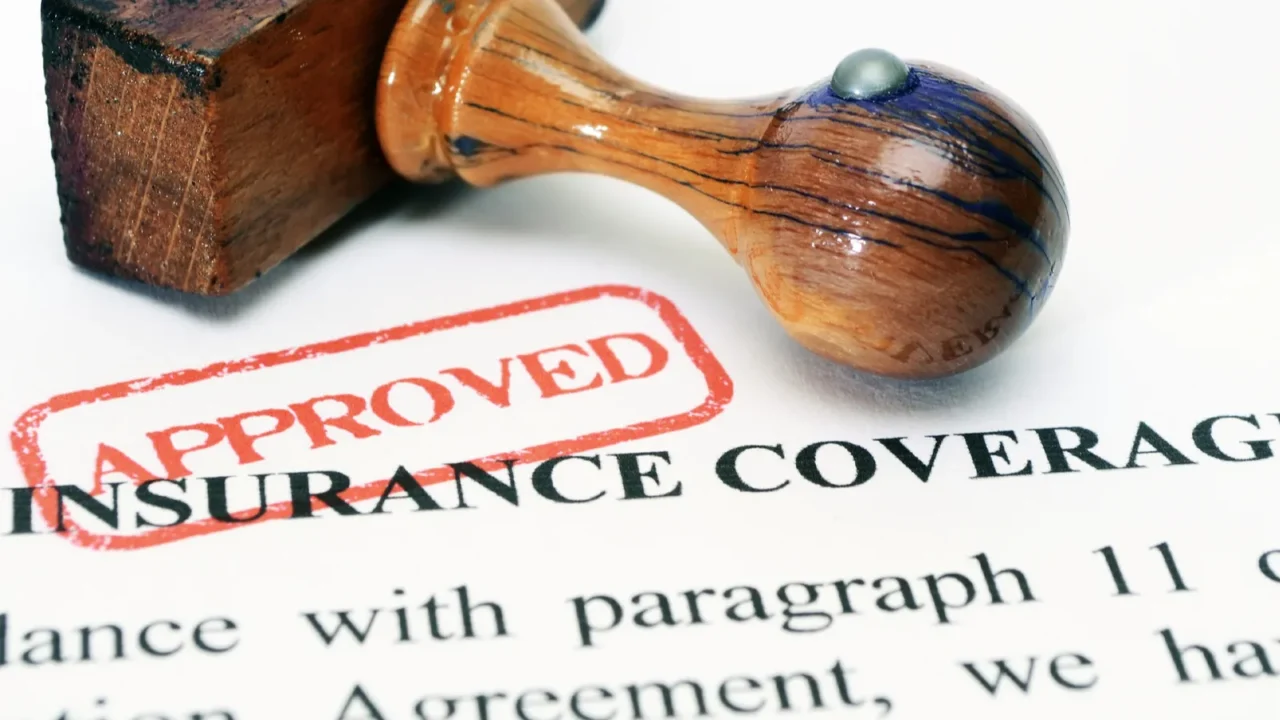
Insurance Is a Lifesaver
I never thought about renter’s insurance until I had to replace half my stuff. Flood damage is expensive, and you’re on your own if you don’t have coverage.
If you rent, look into insurance NOW. It’s usually cheap and saves you from major financial pain later. Don’t wait for a disaster to realize you need it.
For more tips on safeguarding your home from all kinds of disasters, check out the post on how to make your home disaster-proof and stay one step ahead.
Read Next:
- Easy Ways to Protect Your Home from Fire
- Preventing Mold and Mildew in Humid Spaces
- Essential Tips for Storm-Proofing Your Home
Don’t forget to follow us for more exclusive content right here on MSN.